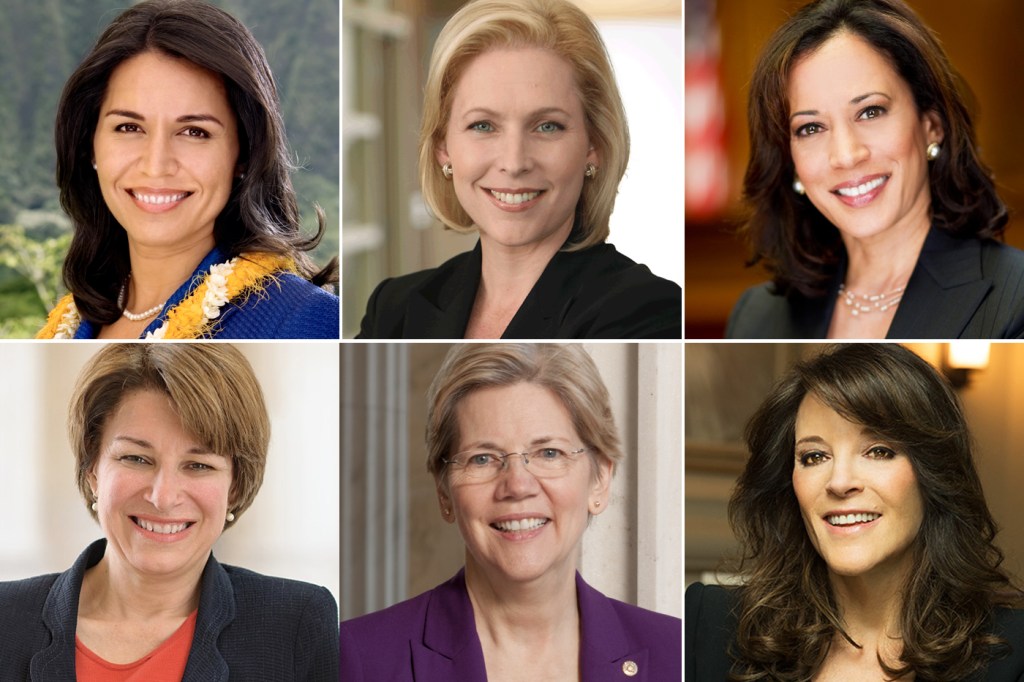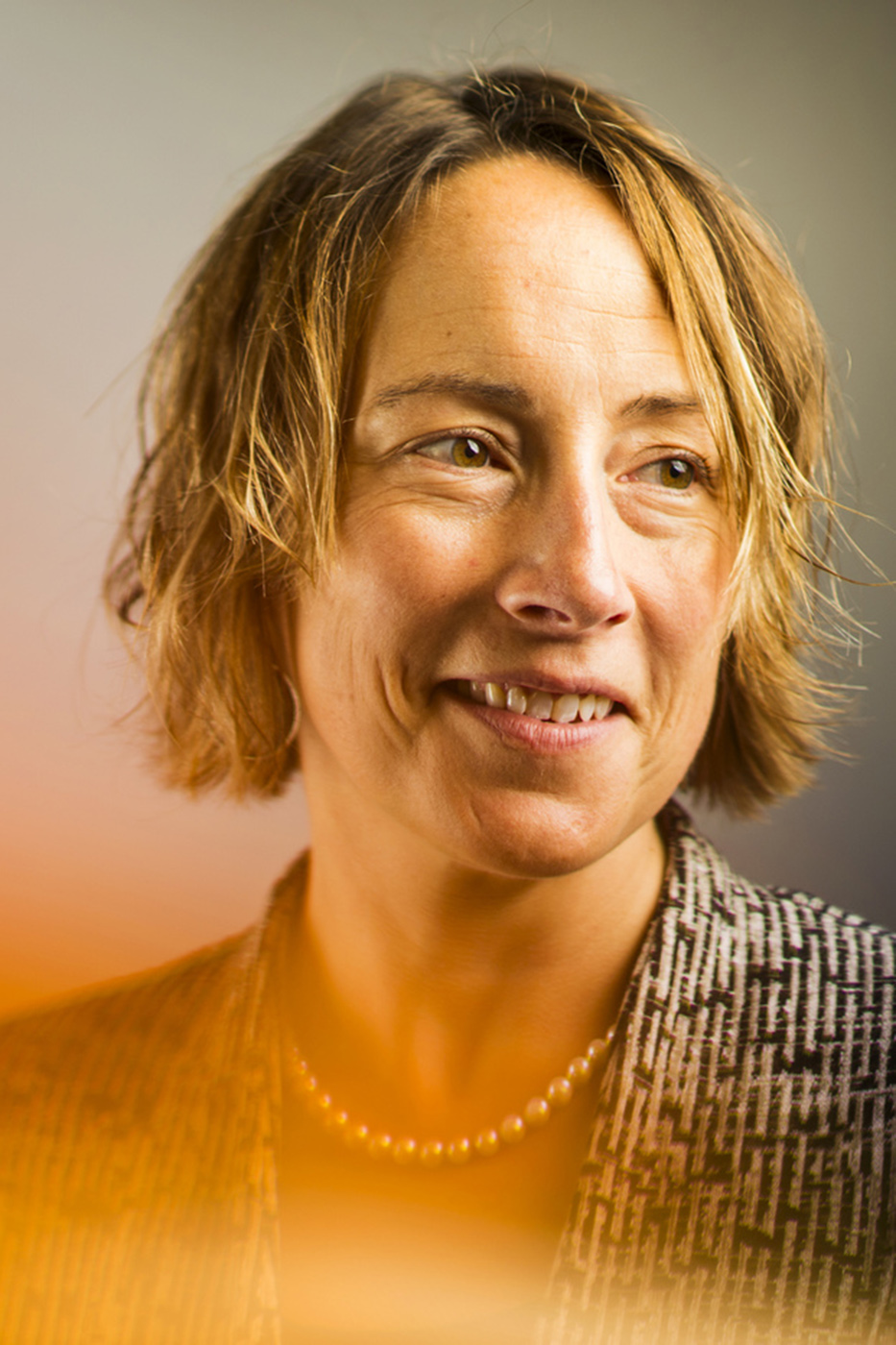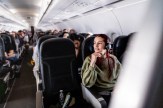More women journalists are needed for the 2020 presidential election, says a report by Northeastern University’s Storybench

Despite the increasing prominence of women in American politics, female journalists who are covering the presidential race continue to be in the vast minority, according to a report by Northeastern’s digital storytelling site Storybench.

The research of Meg Heckman, an assistant professor of journalism at Northeastern, is exposing the need for diversity in journalism. Photo by Adam Glanzman/Northeastern University
Even as a record six women are running for president following the narrow defeat by Hillary Clinton in the 2016 election, the disparity in coverage is having an effect on how the story of the race is being told.
A preliminary byline analysis performed by Storybench’s Election Coverage Tracker showed that only 32.3 percent of the online news stories were written by women over a recent six-week span of election coverage.
“It is frustrating,” says Meg Heckman, an assistant professor of journalism at Northeastern, who wrote the Storybench report. “There has been a persistent gender gap in journalism for decades.”
Elizabeth Warren, Kamala Harris, Amy Klobuchar, Kirsten Gillibrand, and Tulsi Gabbard—all serving in the U.S. Congress—are joined by author Marianne Willamson in the 23-candidate Democratic field. All are promising to introduce change to a political world that has been dominated by white men, and their campaigns are being covered largely by white men.
“Politics remains pretty male, white, and upper-class,” Heckman says. “So it becomes this insulated bubble where people from similar backgrounds are talking to other people from similar backgrounds, and just fixating on things that are maybe out of touch with the experiences of the vast majority of Americans.”
Coverage changes when women are involved, says Heckman. A 2015 study of the 12 largest newspapers in the U.S. showed that female reporters quote women 42 percent of the time in their stories, while male journalists quote women at a rate of 28 percent.
“By injecting more female voices into civic discourse, we start to shift our understanding of who can be an expert,” Heckman says. “That’s really important when we start talking about making journalism more reflective of all aspects of the human experience.”
It can be difficult to gauge the influence of women in the news media, in part because most outlets don’t participate in the annual survey by the American Society of News Editors. An analysis by the Women’s Media Center showed that 60 percent of online news in 2018 was written by men—and that only 26 percent of U.S. election stories were written by women.
Heckman’s dataset of 4,251 articles published by 28 online news outlets from April 17 to May 30 was created by Storybench editor Aleszu Bajak. Among those stories, 2,990 had bylines that could be assigned a gender designation.
The gender gap has persisted even though the majority of journalism students at American colleges and universities are women.
“But then you get out five or six years post-graduation, and the demographics have flipped,” Heckman says. “It’s almost two-thirds men consistently, and the gap gets even bigger as you get into elite news organizations and higher levels of management.
Despite all of the demographic changes that have happened in our society over the past couple of decades, and all of the gains that women have made in civic life and in other professions, journalism in the U.S. remains overwhelmingly male, white, urban, and upper middle class.”
Previous reporting by Storybench has shown bias against women candidates in the Democratic primary. Storybench was recently shortlisted for “Data journalism website of the year” by the Data Journalism Awards.
Storybench plans to update its byline research later this summer.
“As we gather more data, we’re going to try and figure out if the gender of the reporter influences the coverage that he or she is producing about the 2020 campaign,” Heckman says.
For media inquiries, please contact Marirose Sartoretto at m.sartoretto@northeastern.edu or 617-373-5718.






